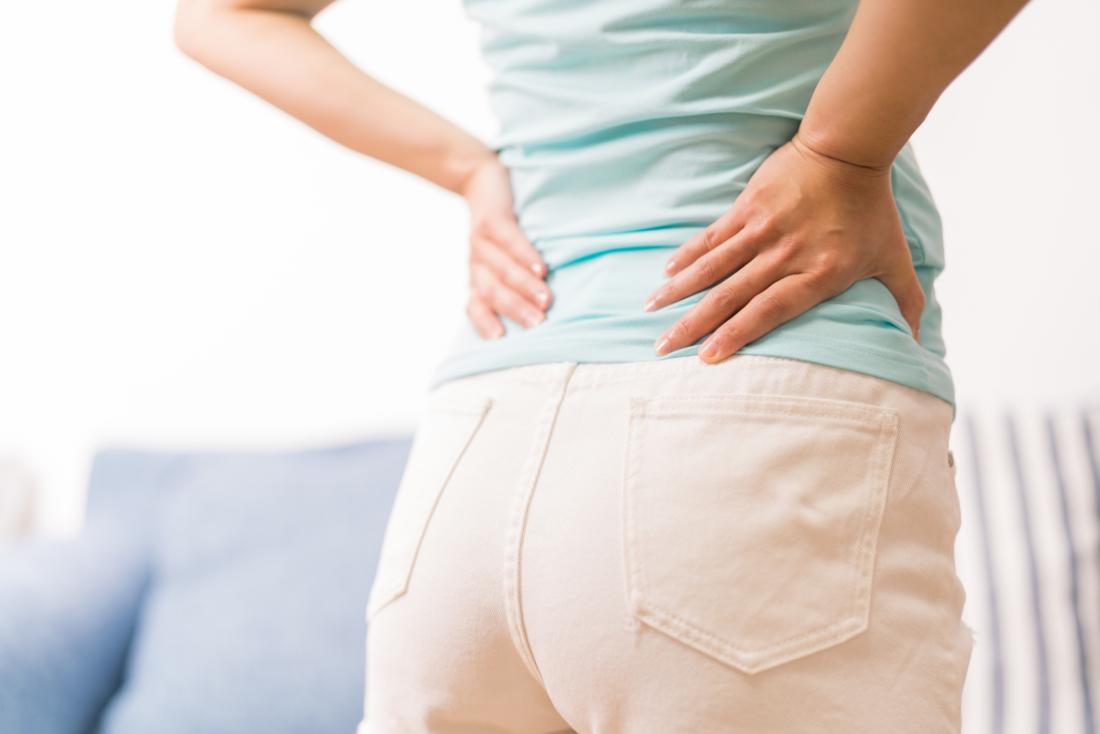A prolapse refers to the organs in the pelvis–uterus, bladder or bowel–which sag into the vagina instead of sitting erect in its normal position. This can lead to the individual feeling a certain kind of heaviness, or aching kind of feeling in the vagina, which worsens by the end of the day, and feels better in the morning or after long periods of lying down.
Women with a prolapse also feel an ache in the lower abdomen and a backache due to the prolapse. They may also feel a bulge in the vagina and the bulge could also be felt outside the mouth of hte vagina.
Read More: Must Know Facts About Postpartum Bleeding
How to Heal Pospartum Prolapse
Here are several ways of treating postpartum prolapse. Here are 7 top ways of treating it:
1. R.I.C.E.:
To manage the pelvic floor after natural delivery is like treating a sprain with R.I.C.E or Rest, Ice, Compression and Elevation.
- Rest: This refers not standing for prolonged periods or sitting erect on the swollen perineum in the days soon after a vaginal delivery.
- Ice: Ice can be used for reducing swelling and promoting quick healing. When placed in a small cold pack, it can be applied to the mouth of the vagina by wrapping the ice in cloth or a paper towel for about 20 minutes. This can be repeated as often as possible through the day until the swelling goes away completely. The perineum should be gently patted dry after the ice application so that the area in stitches isn’t wet.
- Compression: Compression can be provided by wearing supportive underwear so that the ice pack is held tightly in place.
- Elevation: This helps reduce swelling and ease any vaginal discomfort. Women should lie down flat using a pillow between their knees. This is a very good resting position that also helps relieve vaginal discomfort, with the application of ice.
2. Kegel Exercises:
Pelvic floor exercises or Kegels help stimulate pelvic floor recovery after childbirth. They also reduce the symptoms of prolapse to a moderate extent and lift the pelvic floor muscles so that they are at a higher level within the pelvis. These exercises are usually doctors’ recommendations to women who have a prolapse after childbirth.
3. Pessaries:
Pessaries are very good for prolapse management, particularly for women who are waiting for recovery from natural means. These devices sit at a high point in the vagina that keeps the prolapsed tissue elevated. Using tightly-fitting pessaries, women can manage the physical demands of looking after their babies better.
4. Bowel Management:
An important factor of prolapse management involves not straining and constipation. By eating a nutritious diet, bowels can be managed so that stool consistency is good and constipation can be avoided. Emptying the bowel and protecting the prolapse can be done by using the right technique and position to empty the bowel so that the pelvic floor isn’t strained.
5. Chest Management:
If women suffer from severe chest conditions, managing a prolapse involves the right management. Women who suffer from severe chest conditions like asthma or chronic bronchitis and have a prolapse, it is necessary that they manage their prolapse well and systematically so that the effect of their actions like coughing can be minimized.
6. Spread Out Physical Activities:
Women who do housework shouldn’t do everything in one go, but spread it out through the day or over several days. Women with postpartum prolapse should take any and all kinds of help that are offered to them so that they do not exert themselves physically and avoid doing them until they feel better.
7. Keep Lifting Objects to a Minimum:
Women with a postpartum prolapse should not lift any object heavier than their babies. If they are mothers of toddlers, they should encourage their toddlers to climb up to their mothers while the latter sit in a chair. As far as possible, women with postpartum prolapse should not attempt to lift their toddlers or this will reduce the strain on their pelvic floor muscles.
Conclusion
Prolapse after childbirth could be a challenge for new mothers and therefore an overwhelming problem. However, this condition can be managed and the pelvic floor can be recovered with the right exercises, rest and attention so that the pelvic floor is no longer injured.













